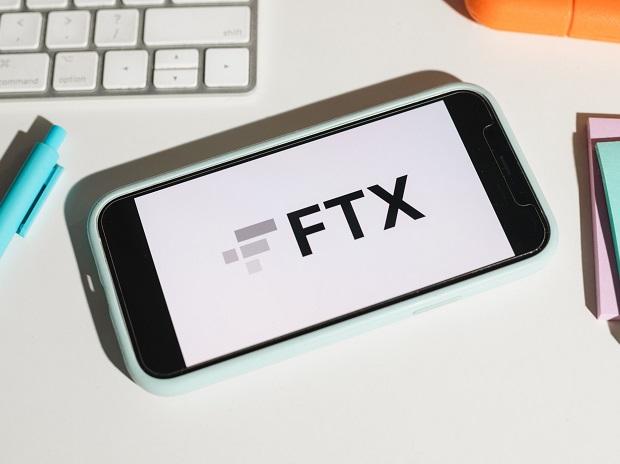The bankruptcy of Sam Bankman-Fried’s FTX.com put an end to questions about its survival and opened a panoply of new ones, most urgently: how far will the influence of its collapse reach?
Overstating FTX’s heft in the cryptosphere is difficult. From blue-chip venture investors to celebrity endorsements, from Silicon Valley to Washington, from lenders to yield farmers and market makers, the three-year-old firm cut a wide swath through online commerce. Getting a handle on the repercussions of its demise is apt to take months.
“The big fear right now, that indeed seems to be materializing, is a contagion effect,” said Greg Magadini, director of derivatives at Amberdata, a blockchain data provider.
Painfully, the least sophisticated of FTX’s constituencies — people who put money on the exchange to trade or even just to save — may end up bearing the deepest wounds. Bankruptcies like the one it filed Friday in Delaware are notoriously slow-moving processes in which claims on a firm’s remains are judged against a host of stakeholders.
It’s likely a judge will decide what happens to the everyday traders who had money on the platform, according to Owen Lau, an analyst at Oppenheimer & Co..
“We don’t have precedents,” said Lau. According to Lau, a court could rule that retail customers could be treated like general unsecured creditors, meaning that their priority for getting money back would fall below creditors, most of whom are institutional players. In that case, average folks who traded on the platform would, simply, lose their money.
Mom and pop dabblers are taking a simultaneous bath in the crypto market itself, where shockwaves from the filing have sent the price of coins reeling. Market bellwether Bitcoin plunged about 20% this week, bringing its decline from last year’s record high of almost $69,000 to around 75%. Ether, the second largest token, and altcoins sunk alongside it. FTX’s FTT token has tumbled roughly 85% in the past week alone.
Beyond those lie what many fear to be a teeming underbelly of exposed institutions, great and small, who may have lent money to, traded with or otherwise linked their fortunes to the disgraced exchange. Already the casualty list is growing: BlockFi, the troubled digital-asset lender that Bankman-Fried’s firm was partially bailing out, paused client withdrawals.
Genesis Trading reported that its derivatives business had about $175 million “in locked funds” on an FTX trading account. Billionaire Michael Novogratz told CNBC that his firm, Galaxy Digital Holdings Ltd, will likely not be able to recover its $77 million exposure to FTX.
Meanwhile, FTX Ventures, the investment arm of the crypto exchange, has funneled money into nearly 50 projects, according to PitchBook data. Like so much else, it’s unclear what the impact will be for these companies, which include Helium Inc., Aptos Labs, NEAR Protocol, and Mysten Labs.
“Portfolio companies might be OK, depending where they kept their assets,” wrote Magadini. “If portfolio companies kept some investments at FTX itself, those funds are likely going to be unusable going forward.”
Alameda Research, a crypto trading firm that was also co-founded by Bankman-Fried, offered a $485 million loan to Voyager Digital Ltd. that failed to save the crypto brokerage from bankruptcy. FTX.US later won an auction for Voyager Digital’s assets.
A group that can be assumed to have lost nearly everything in the collapse are investors in FTX, valued at nearly $32 billion in a January financing. Those include blue-chip names like the SoftBank Group Corp.’s Vision Fund, the Ontario Teachers’ Pension Plan, the Singapore wealth fund Temasek Holdings Pte, hedge fund Tiger Global Management and Lightspeed Venture Partners. Following the January fund-raising, Bankman-Fried told Bloomberg the funds would likely go toward mergers and acquisitions, with possible targets including payments businesses, NFT-centric firms and the metaverse.
Note:- (Not all news on the site expresses the point of view of the site, but we transmit this news automatically and translate it through programmatic technology on the site and not from a human editor. The content is auto-generated from a syndicated feed.))



